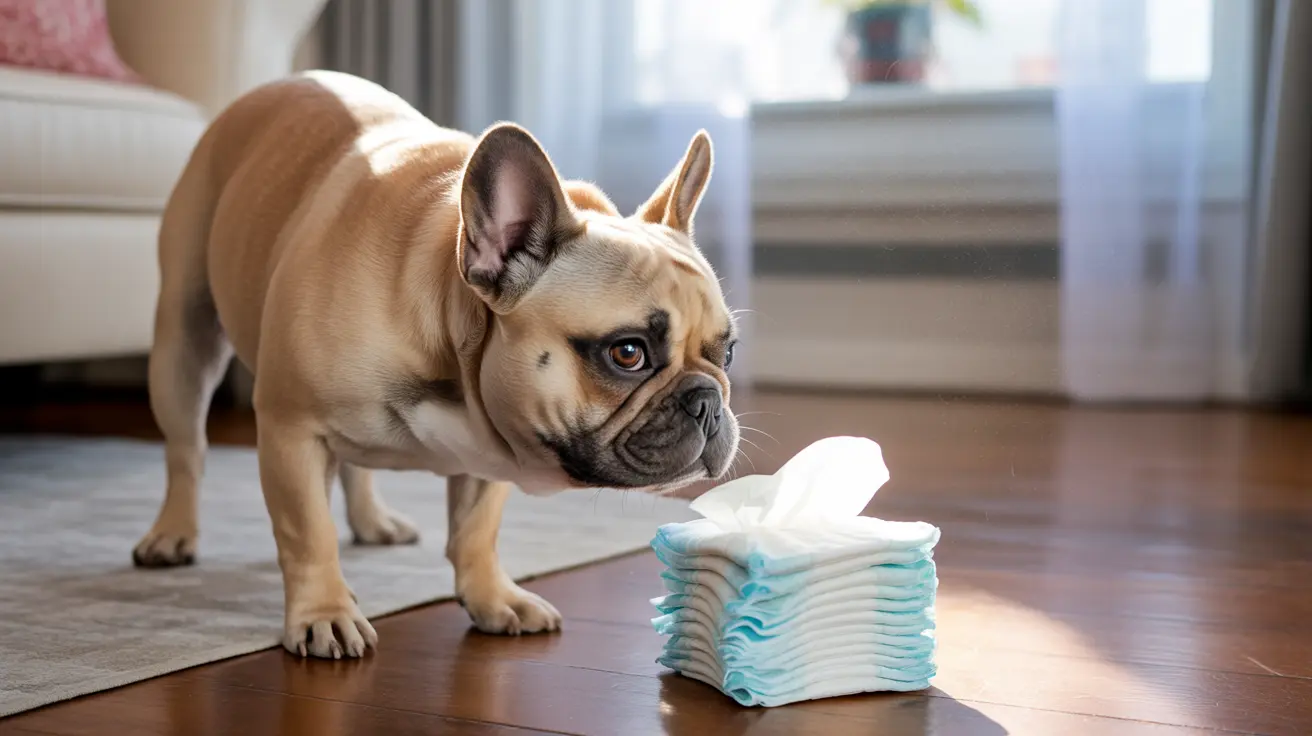The Best Teething Toys for Kittens: A Guide for Cat Owners
When kittens begin teething, they experience discomfort as their baby teeth fall out and adult teeth emerge. This stage usually starts around three to four months of age and can last until they're about six months old. During this time, providing the right teething toys is crucial to help soothe their gums and prevent destructive chewing on household items.
Why Kittens Need Teething Toys
Kittens, like human babies, go through a teething phase. Their gums may feel sore or itchy, so they instinctively chew on objects to relieve discomfort. Without appropriate toys, your kitten might turn to cords, furniture, or shoes—none of which are safe or healthy options.
Characteristics of Ideal Teething Toys
The best teething toys for kittens share several important qualities:
- Soft yet durable materials: Toys should be gentle on sensitive gums but tough enough to withstand sharp kitten teeth.
- Safe size: Avoid anything small enough to swallow or large enough to intimidate a tiny kitten.
- Non-toxic construction: Only choose toys made from materials that are safe if licked or chewed.
- Easy to clean: Hygiene matters, especially when dealing with drooly kittens.
- Textured surfaces: Ridges and bumps can massage gums and provide extra relief.
Types of Teething Toys for Kittens
You’ll find a range of products designed specifically for teething kittens. Here are some popular options:
- Rubber and Silicone Chew Toys: These flexible materials offer gentle resistance and can help soothe sore gums. Look for ones labeled as cat-safe.
- Knot Rope Toys: Small ropes with knots give kittens something satisfying to gnaw on. Make sure the rope fibers won’t unravel easily.
- Plush Toys with Crinkle or Squeak: Soft plushies often contain crinkly material or squeakers that engage your kitten’s senses while providing a comforting chew surface.
- Toys Infused with Catnip or Silvervine: Some chew toys come infused with catnip or silvervine, making them even more enticing for playful kittens.
- Cooled Teether Rings: Certain toys can be chilled in the fridge (never frozen) before giving them to your kitten. The coolness helps numb sore gums temporarily.
Toy Safety Tips
Your kitten’s safety is always the top priority. Keep these guidelines in mind when choosing and using teething toys:
- Avoid hard plastic or sharp edges: These can damage delicate mouths.
- No loose parts: Steer clear of anything that could break off and become a choking hazard.
- Supervise playtime initially: Watch how your kitten interacts with new toys until you’re confident they’re safe choices.
- Regularly inspect toys: Discard any that show signs of wear, fraying, or damage.
Easing Your Kitten’s Teething Discomfort
Toys are just one part of helping your kitten through teething. You can also try these strategies:
- Cuddle and comfort: Gentle petting and reassurance calm anxious kittens during this uncomfortable period.
- Diversify textures: Offer a variety of toy types so your kitten can choose what feels best at any moment.
- Create a soothing environment: Keep play areas quiet and stress-free while your kitten adjusts to new sensations in their mouth.
Toy Recommendations by Age and Personality
Younger kittens (under four months) might prefer softer plush or fabric-based toys because their jaws aren’t as strong yet. As they grow older and more adventurous, introduce firmer rubber or silicone options. If your kitten is highly energetic, interactive toys like treat-dispensing balls can keep them entertained while satisfying their urge to chew. For shy kittens, smaller plushies they can carry around may provide comfort as well as relief from teething pain.
Avoiding Common Mistakes
Kittens will explore everything with their mouths—so don’t leave household items within reach that could be dangerous if chewed (like electrical cords). Never use dog-specific chew toys unless they’re labeled safe for cats; dogs’ needs differ significantly from those of kittens. And remember: homemade toys should only be given if you’re certain all components are non-toxic and securely assembled.
Caring for Your Kitten’s Teeth Beyond Teething
The habits you establish during teething lay the groundwork for lifelong dental health. Once adult teeth come in fully (usually by six months), continue providing appropriate chew toys to support oral hygiene. Regular brushing with cat-safe toothpaste keeps tartar at bay, while annual vet checkups ensure any dental issues are caught early.
The Takeaway: Happy Gums Mean Happy Kittens!
Selecting the best teething toys isn’t just about keeping your furniture safe—it’s about supporting your kitten’s comfort and development during an important growth stage. With the right mix of soft, durable, engaging options made just for cats, you’ll help your furry friend sail through teething with fewer troubles (and maybe even have some fun along the way).





